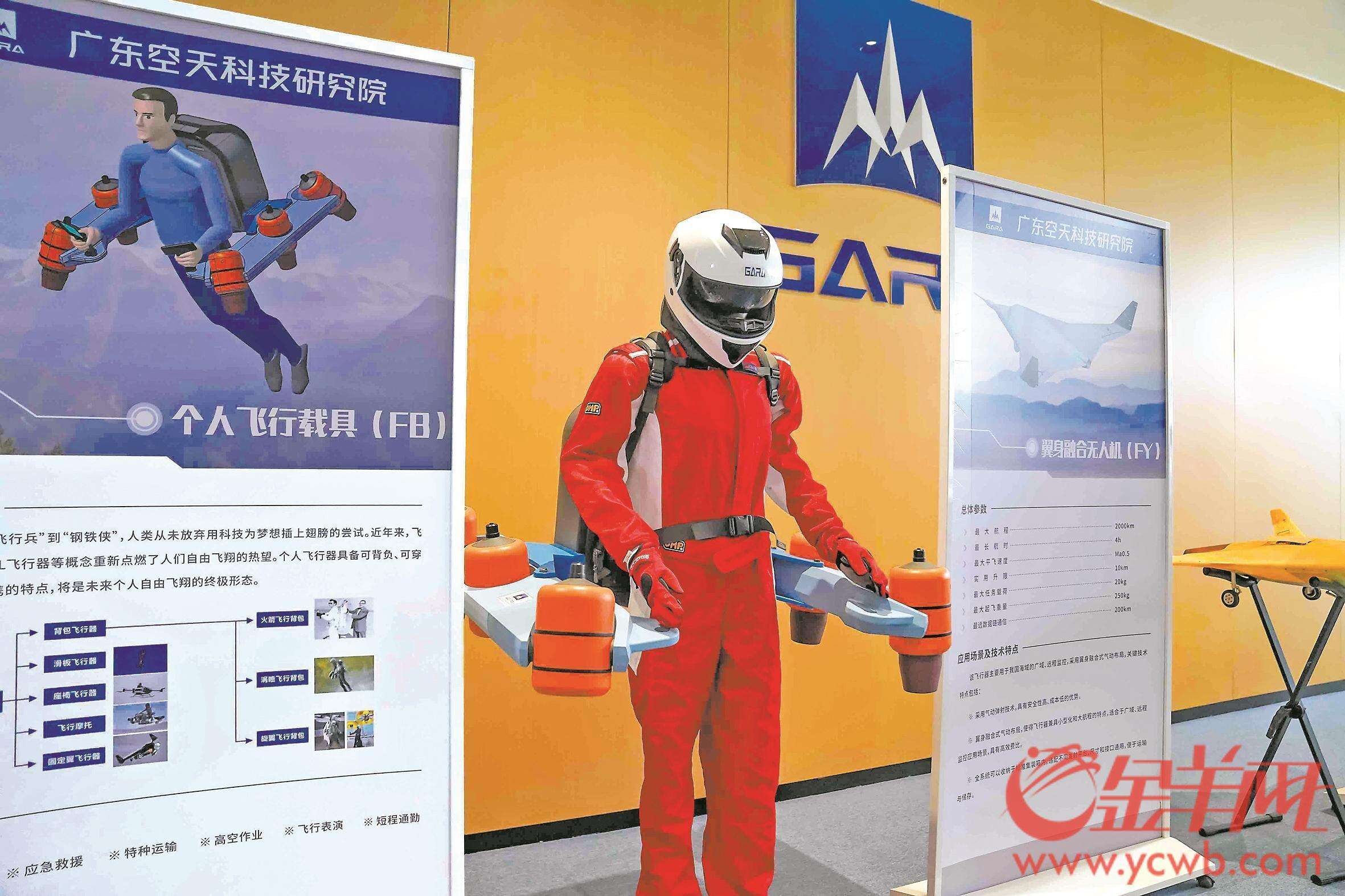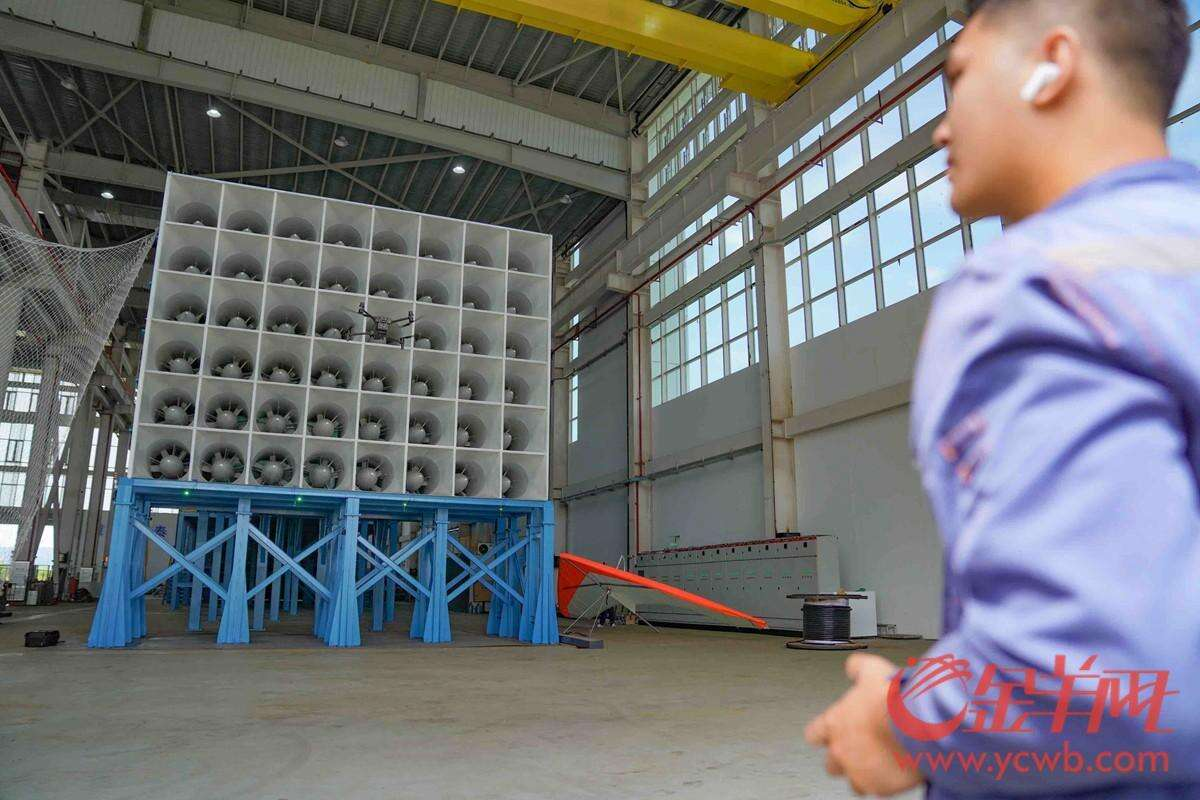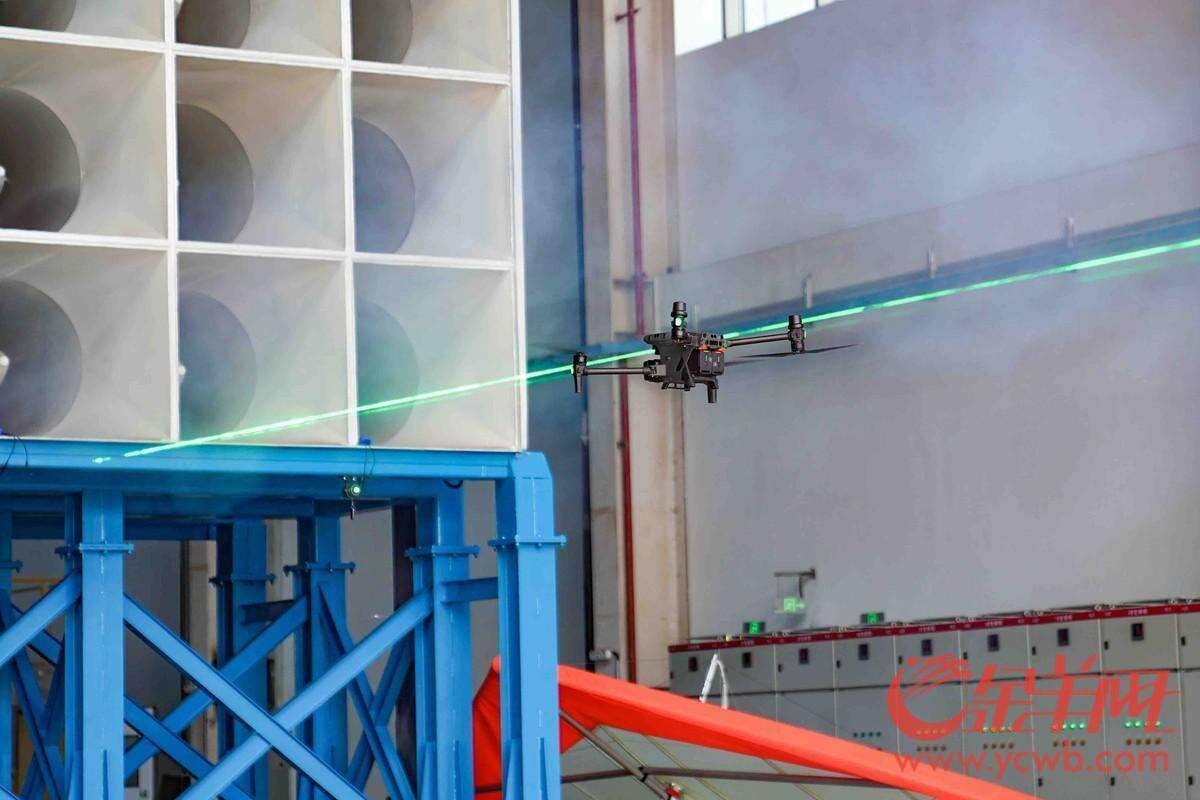
On June 25th, the 2025 Vibrant China research and visit tour visited the Guangdong Aerospace Research Academy (GARA) in Nansha district, Guangzhou, where the delegation was amazed by cutting-edge equipment such as jetpacks and intelligent wind tunnels.

Chen Xuzhi, chief designer of GARA's aircraft program, showcased a single-person jetpack powered by a thrust vector turbine engine array. Controlled via a handheld visual interface, the jetpack features breakthroughs in automatic engine servo and flight control technologies, ensuring both stability and safety. It supports dual modes, manned operation and unmanned cargo transport, and is designed for scenarios such as mountain and high-altitude rescue, aiming to establish a three-dimensional commuting network from "balcony to balcony."

GARA has also independently developed various intelligent unmanned aerial vehicles, including air ambulances and blended wing body drones. On May 7th, 2025, it completed construction of the region's first 4.5-meter-class wind tunnel—the low-altitude aircraft wind tunnel testing platform developed by GARA, now the largest wind tunnel in South China. This facility fills a regional gap in aerodynamic testing for low-altitude aircraft. Equipped with 48 fans, it can simulate extreme flight conditions and serve as a key testing ground for unmanned aerial vehicles (UAVs) and flying cars. In the future, it will focus on supporting UAV logistics and flying car industries in the Guangdong-Hong Kong-Macao Greater Bay Area.
As a major manufacturing province, Guangdong has witnessed rapid development in the low-altitude economy. It is home to 30% of China's related industrial chain enterprises and ranks first nationwide in both consumer and industrial drone markets. The province hosts over 10,000 relevant companies, with Guangzhou, Shenzhen, and Zhuhai among the top ten cities in China in low-altitude economy.


To address safety concerns in the low-altitude economy, GARA has developed a defense system targeting "low, slow, and small" UAVs. The system consists of quadcopters and foldable-wing interceptors capable of physically disabling various types of drones. In May, the "YK-A2" drone countermeasure system successfully passed testing, demonstrating intelligent identification, tracking, and kinetic strike capabilities. GARA is also building a comprehensive unmanned system management and service platform to coordinate multiple types of unmanned devices and form a unified service alliance adaptable to complex application scenarios.
以后出行靠“飞行背包”?广东低空经济商业化进程加速
6月25日,2025活力中国调研行采访团走进广州南沙的广东空天科技研究院,飞行背包、智能风洞等硬核装备令人眼前一亮。广空院飞行器总体设计师陈旭智展示的单人喷气飞行背包,以矢量涡轮喷发动机阵列驱动,通过显控界面手柄操控,突破全自动发动机伺服与飞行控制技术,兼具稳定性和安全性,还能实现有人驾驶和无人货运双模式切换,可应用于山地救援、高空救援等场景,目标是构建“阳台到阳台”的立体通勤网络。
广空院还自主研制飞行救护车、翼身融合无人机等多款空天科技智能无人装备。2025年5月7日建成的大湾区首个4.5米量级风洞——广天院低空飞行器风洞试验平台,是华南地区最大的生产型风洞,填补了区域低空飞行器气动性能验证能力空白。该风洞配备48台风机,可模拟极端工况,为无人机、飞行汽车提供测试环境,未来将重点服务大湾区无人机物流、飞行汽车等产业。
作为制造业大省,广东低空经济发展迅猛,集聚全国30%的产业链企业,消费级、工业级无人机市场份额均居全国第一,相关企业超万家,广州、深圳、珠海位列全国低空经济发展十强城市。
针对低空经济发展中的安全痛点,广空院研发出“低慢小”无人机防御系统,由四旋翼与折叠翼拦截弹组成,可实现对不同类型无人机的物理杀伤。今年5月,“YK-A2”型无人机反制系统试验成功,具备智能识别、追踪和动能打击能力。此外,广空院正在搭建全空间无人体系管理服务系统,融合多方无人设备,形成联盟服务平台,以适配复杂应用场景。
文 | 记者 杭莹 莫谨榕
图 | 记者 邓鼎园
翻译 | 曾敏
审校 | 赵凡
-
China-chic cultural products sets sail overseas
2025-06-27 22:55:06 -
Poster丨Hedigang Village, Yunfu: Where the Leaves Rustle and the Insects Hum
2025-06-26 22:03:29 -
Ticketing plan unveiled for 15th National Games
2025-06-26 21:58:38 -
Chinese opera cultural exchange performances in Serbia and Morocco successfully conclude
2025-06-26 21:58:47






